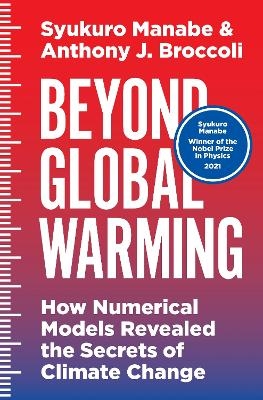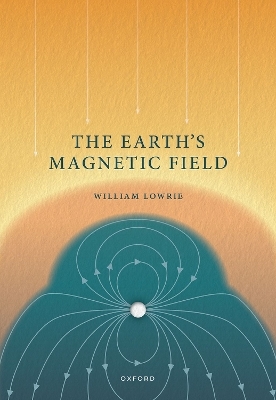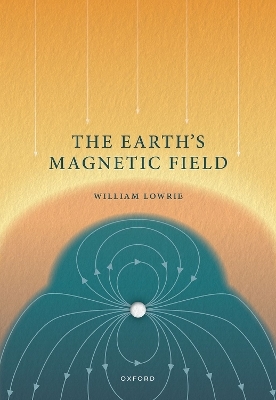
Seeing Stars
Springer Berlin (Verlag)
978-3-540-76030-6 (ISBN)
Chris Kitchin is Emeritus Professor of Astronomy at the University of Hertfordshire and has a lifelong interest in astronomical instrumentation, using telescopes of all sizes, studying the rapidly growing number of planets known to orbit other stars, and trying to communicate his own excitement at the recent explosion of discoveries about the universe. When not a hundred light years from Earth (at least in his imagination), Chris enjoys being taken for long country walks by his two border collies. He is author of a vast number of scientific papers and books by various publishers.
1 Finding Your Way Around the Sky.- 1.1 Introduction.- 1.2 Constellations.- 1.3 Star Hopping.- 1.4 Positions in the Sky.- 1.5 Star Charts and Other Helpful Items.- 2 Your Telescope and How to get the Best Out of It.- 2.1 Telescope Designs.- 2.2 Eyepieces.- 2.3 Collimation.- 2.4 Mountings.- 2.5 Optics.- 2.6 Cleaning and Aluminising.- 2.7 Dewing-up.- 2.8 Observing Techniques.- 2.9 Twinkling.- 2.10 Finder Charts.- 2.11 Keeping a Log Book.- 2.12 Discoveries.- 3 The Sun.- 3.1 Warning.- 3.2 Observing the Sun.- 3.3 Solar Observing Programmes.- 3.4 More Advanced Work.- 4 The Moon.- 4.1 Introduction.- 4.2 Naked-eye Work and Binoculars.- 4.3 The Moon through the Telescope.- 4.4 An Optimum Telescope for Lunar Work.- 4.5 More Advanced Investigations.- 5 The Planets and Minor Solar System Objects.- 5.1 Introduction.- 5.2 Mercury, Venus, Mars, Jupiter and Saturn.- 5.3 Uranus, Neptune, Pluto and the Asteroids.- 6 Comets.- 6.1 Introduction.- 6.2 Cometary Orbits.- 6.3 The Structure of Comets.- 6.4 Origins.- 6.5 Famous Comets.- 6.6 Nomenclature of Comets.- 6.7 Observing Comets.- 7 Stars.- 7.1 Introduction.- 7.2 Brightness.- 7.3 Variable Stars.- 7.4 Visual Double and Binary Stars.- 7.5 Star Clusters.- 8 Nebulae.- 8.1 Introduction.- 8.2 Gas and Dust Clouds.- 8.3 Dark Nebulae.- 8.4 Reflection Nebulae.- 8.5 Emission Nebulae.- 8.6 Supernova Remnants.- 8.7 Planetary Nebulae.- 9 Galaxies.- 9.1 Introduction.- 9.2 Spiral Galaxies.- 9.3 Elliptical Galaxies.- 9.4 Irregular Galaxies.- 9.5 Quasars, Seyfert Galaxies and Other Active Galaxies.- 10 Unaided Observations.- 10.1 Introduction.- 10.2 The Moon.- 10.3 The Sun.- 10.4 Meteors.- 10.5 The Milky Way, the Zodiacal Light and Aurorae.- 10.6 Comets and Planets.- 10.7 Spacecraft.- 10.8 UFOs.- 11 Advanced Work.- 11.1 Introduction.- 11.2 Nebular and Light-pollution Filters.- 11.3 Colour Filters.- 11.4 Photography with Your Telescope.- 11.5 CCDs.- 11.6 Photometry.- 11.7 Occultations.- 11.8 Computers in Astronomy.- 11.9 Spectroscopy.- Appendix 1: Astronomical Societies.- Appendix 2: Bibliography.- Appendix 3: Messier and Caldwell Catalogues.- Appendix 4: A Selection of Choice Astronomical Objects for Viewing.- Appendix 5: The Greek Alphabet.- Appendix 6: Constellations.- Appendix 7: Useful World-Wide-Web and Internet Addresses.- Appendix 8: Terminology.
| Erscheint lt. Verlag | 17.11.1997 |
|---|---|
| Reihe/Serie | The Patrick Moore Practical Astronomy Series |
| Zusatzinfo | XIII, 186 p. |
| Verlagsort | London |
| Sprache | englisch |
| Maße | 178 x 254 mm |
| Gewicht | 708 g |
| Themenwelt | Naturwissenschaften ► Geowissenschaften ► Geophysik |
| Naturwissenschaften ► Physik / Astronomie ► Astronomie / Astrophysik | |
| Schlagworte | Astronomie; Einführung (pop.) • Astronomy • instruments • Observing Techniques • Orbit • Quasar • Stern (Astronomie) • Sternbild • Teleskop |
| ISBN-10 | 3-540-76030-X / 354076030X |
| ISBN-13 | 978-3-540-76030-6 / 9783540760306 |
| Zustand | Neuware |
| Haben Sie eine Frage zum Produkt? |
aus dem Bereich


